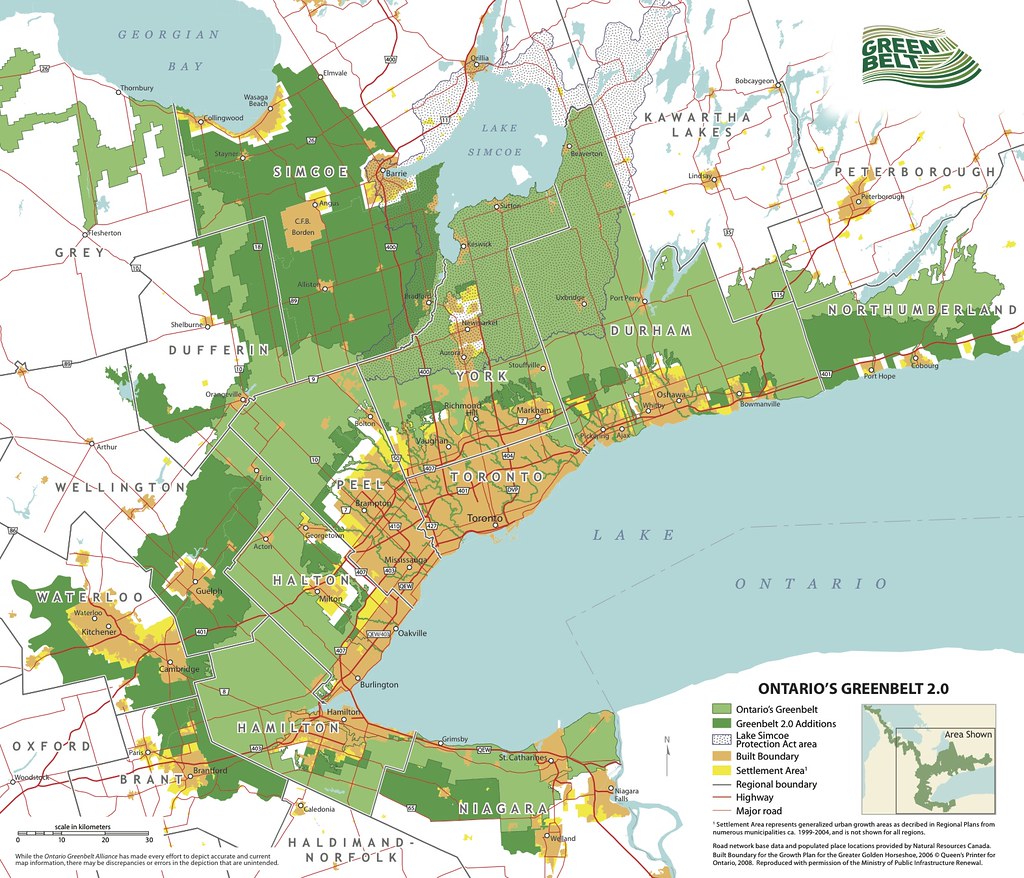mpd618
Active Member
Is this even a good thing though? This is, basically, urban sprawl we're talking about. Even if these outer-urban cities develop a modest commuter base, odds are they'll still be auto-dependent for everything else.
I think it would encourage sprawl. The kind of situation Rational Plan was originally describing would see people living hundreds of kms away from their employment, leapfrogging the green belt. If we're lucky this development would be relatively dense and urban, but it would still be mostly auto-dependent. It would basically be like the existing 905, where most trips auto but some people GO to the CBD, except even farther from Toronto.
You're taking a Toronto-centric, and specifically a Toronto-commuter-centric view. The reality is that Kitchener-Waterloo and London are their own cities, not in the orbit of Toronto. For instance, just as many commute into KW from the GTA as go the other way. KW is indeed quite car-dependent, but its growth trajectory is urban in nature and it has strong sprawl-prevention policies along with big transit plans of its own. If better train connections get more people coming into Kitchener, that will not spur sprawl of any kind, it will spur further urban intensification in downtown Kitchener and along Waterloo Region's LRT line (opening 2017).
As for sprawl due to huge numbers of people driving from KW to a new station, that all really depends on GO Transit's parking policies and whether there would be stops in suburban areas. It stands at this point very unlikely that there will be tons of free parking in the downtown Kitchener station, and the proposal only has the one station in Kitchener. So we're back to walkable and transit-oriented development if people want to commute to Toronto and live in Kitchener.





